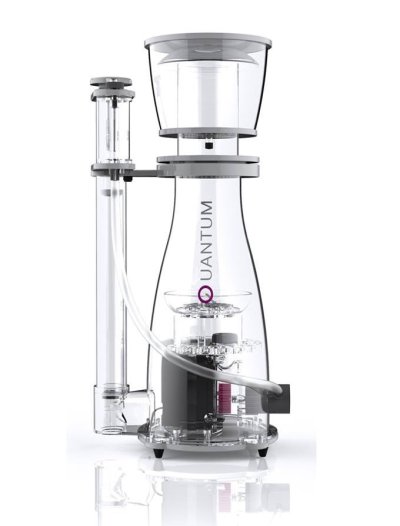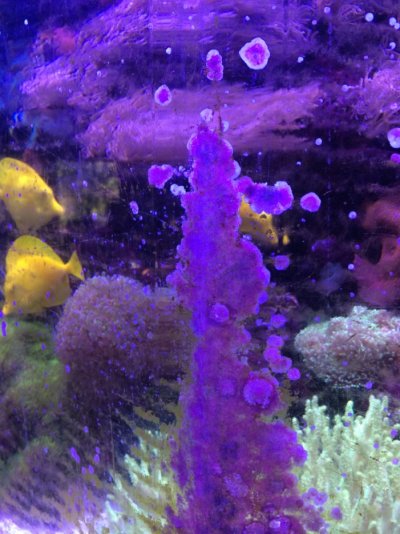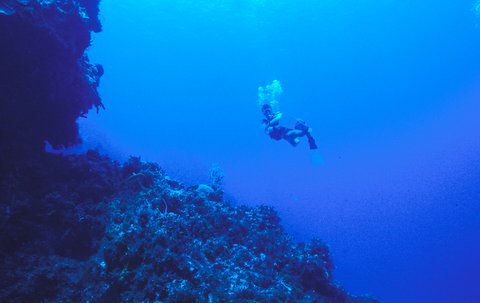Ingy
Aquarium Advice Addict
During the winter, when the sun is low and can shine across my front room to the tank on the opposite wall, I can see the sand turning slightly browner where the sun hits it. A very definitive leading edge as it moves across. The 2 conches follow right along cleaning it up.



